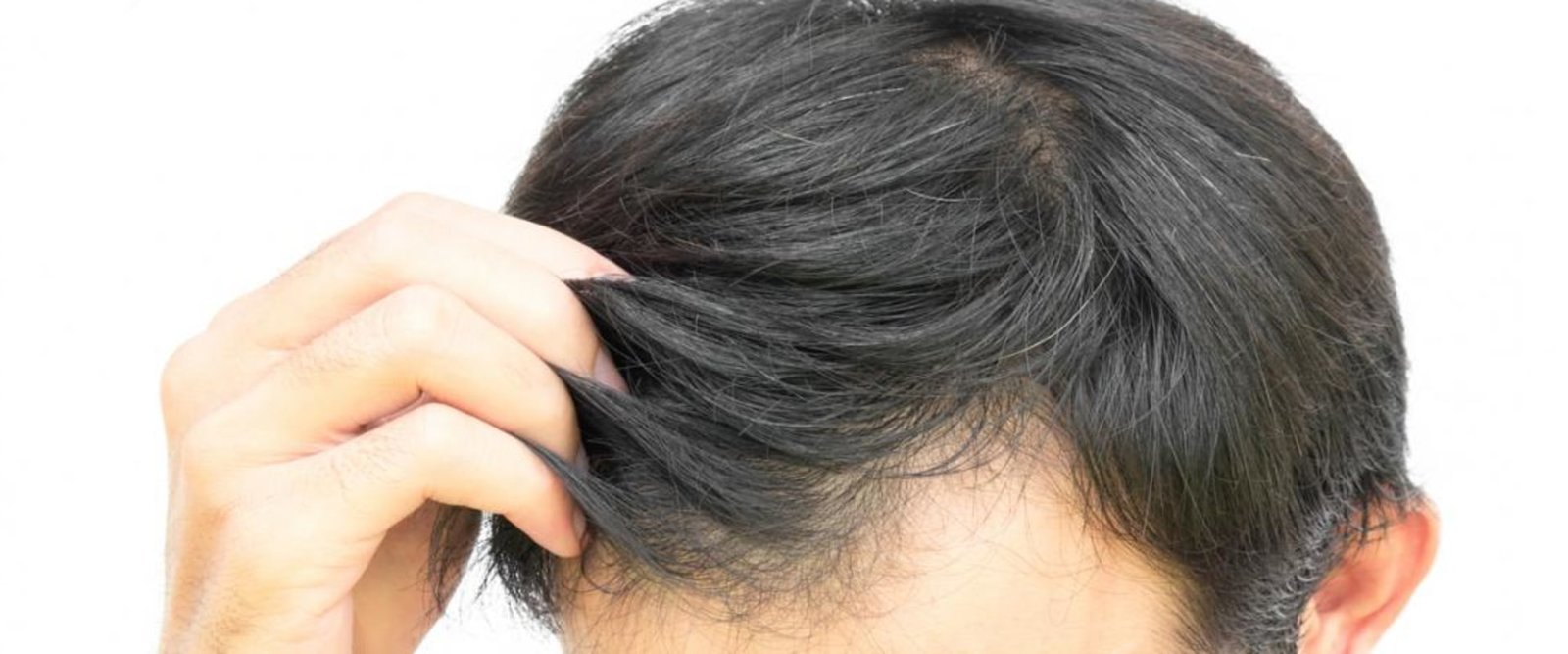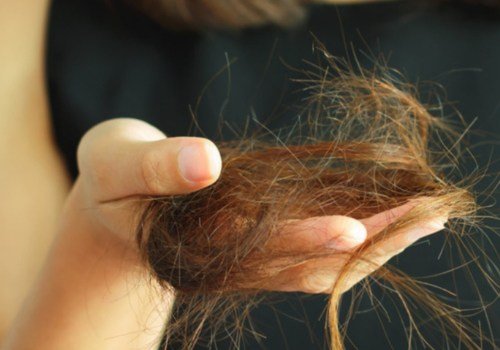As we age, some follicles stop producing hair. This is known as hereditary hair loss, pattern hair loss, or androgenetic alopecia. This type of hair loss is usually permanent, which means that the hair will not grow back. The follicle itself wrinkles and is unable to regrow hair.
If the reason for thinning hair is genetics, it will not grow back on its own. To get a healthy and full head of hair again, you'll need to take action, and that means reviewing the different hair loss options. Alopecia areata is an autoimmune condition that triggers hair loss in patches all over the body. It can affect people of all ages and genders, but the good news is that hair often grows back on its own with the help of immunosuppressive drugs.
Alopecia areata causes scalp hair to fall out in small patches. This condition tends to develop suddenly, within days. Although the cause of alopecia areata is unknown, studies suggest that genetics and stress could be the main triggers. Most patients who suffer from alopecia areata recover completely, without any treatment.
Therefore, if you suffer from alopecia areata, your hair will usually grow back. Anagen effluvium is a rapid hair loss that results from medical treatment, such as chemotherapy. These potent, fast-acting drugs kill cancer cells, but they can also stop the production of hair follicles in the scalp and other parts of the body. After chemotherapy is over, hair usually grows back on its own.
Dermatologists can offer medicines to help hair grow back faster. Everyone experiences hair loss, but if you lose more than 50 to 100 hairs a day, it could be due to an underlying condition. When topical solutions, medications, and phototherapy are not enough to revive hair, you can explore other options. The best treatment for this condition may be psychotherapy, which may include talking to a counselor about the causes of stress and why you feel the need to pull your hair.
However, there are certain cases of hair loss and baldness in which non-surgical options are not the most viable option. In addition, “maintain a healthy diet and proper hygiene of the hair and scalp to keep existing hair healthy,” he says. It is a topical product, available without a prescription, that stimulates hair growth “by activating potassium channels in the follicle, this results in growth factors and prostaglandins that promote hair growth,” says Fusco. Fibrosing frontal alopecia typically occurs in a receding hairline pattern and can also cause hair loss in the eyebrows and armpits.
In the event that you have a family history of male pattern baldness, it is very likely that your hair loss is not the result of stress or another factor. Hair loss does not occur in the follicle, but as a result of a rupture somewhere along the hair shaft, which is the visible part of a strand of hair. Fortunately, technology has advanced so that you can grow your own hair backwards with a minimally invasive and more resistant treatment. Many men wonder if they need to follow treatment to reverse the effects or if they can grow back their hair on their own.
Men and women can have it, but it is much more common in men and accounts for about 95% of all male hair loss. The cause of loose anagen syndrome is unknown, although it may be related to a disorder in the hair growth cycle that prevents hair from remaining in the follicle. Some of the most common signs of baldness include a receding hairline, more hair that appears in the sink and shower, and a sudden change in the way hair reacts to brushing. .





